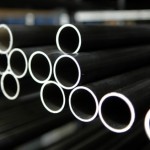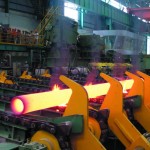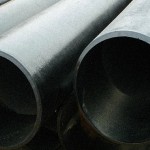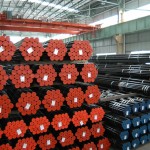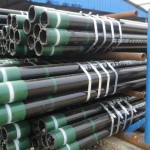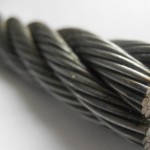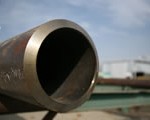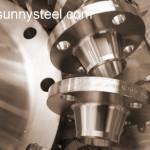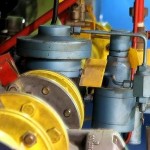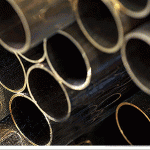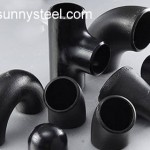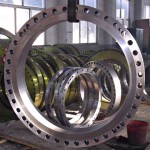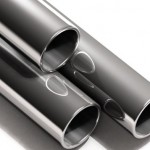Difference Between Steel and Mild Steel
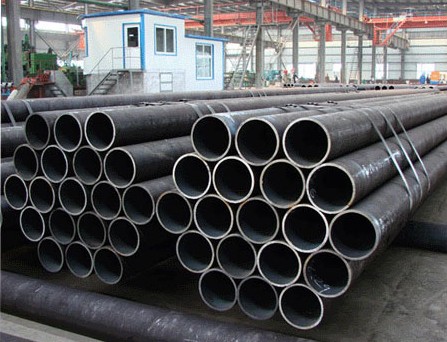
What is the difference between steel and mild steel? Well, one might think that it’s all in the name bit this is most certainly not the case. There are significant differences between steel and mild steel which would be properly discussed in this article. But before we get to the important bits, why is it important for people to know the difference between the two? Well, the answer is simple. If you were to use one of the other, it is essential that you make sure that you have the appropriate one for the project you have at hand. Otherwise, it could completely compromise it. So now that we have that out of the way, shall we take a closer look at these two types of metal?
Steel, often classified as through the use of its carbon content, is actually a high-carbon steel that is often used for creating cutting tools and dies. Because of its brittleness and utter hardness, it is also often used for construction as well as structural forms due to its compatibility with tooling and welding. Alloy steel is currently one of the most widely used but of course, this also depends upon the purpose that a specific type of steel is going to serve. For example, when it comes to building automobiles as well as airplane parts, chromium steel is most often used due to its strength, hardness and elasticity.
Another thing that you should note with regards to steel is that not all of its varieties are magnetic. Perhaps you might have read or heard about the ‘magnet test’ which is often used to tell steel apart from other types of metal. This isn’t always applicable such as in the case of nickel steel. It is nonmagnetic, lacks the brittleness of high-carbon steel but at the same time, has the same tensile properties. To tell nonmagnetic steel varieties apart from other types of metal, you may want to consider checking its density. There lie some major discrepancies.
Mild steel, on the other hand, is a variety of steel alloy that is comprised of high amounts of carbon as one of its major constituent. If you don’t know what an alloy is, it basically is a mixture of metals as well as non-metals which are designed to have very specific properties. Mild steel differs from stainless steel through its chromium content. Stainless steel contains a more significant amount of chromium when compared to mild steel or ordinary carbon. As for its properties, mild steel is known to show a gradation when it comes to strength, malleability, ductility as well as the other physical properties of steel.
This gradation happens as the composition changes. Despite this fact, however, it is still one of the most commonly used alloys out there. It is not as brittle as high grade steel but its tensile strength is lower when compared to it. Mild steel is commonly used for creating pipes, bullets, armor, chains, nuts and bolts, hinges, magnets, wire, cable as well as knives. It also becomes stronger if you add more carbon to it. Also, do note that when it comes to resistance to corrosion, mild steel is a lot more vulnerable when compared to steel. Basically, steel contains a sufficient amount of chromium that helps it form a kind passive film made out of chromium oxide that helps prevent further corrosion. Do keep in mind that there are modern treatments that can be applied to mild steel which can help delay or completely prevent corrosion in it as well.
Summary:
- Steel is less malleable and harder than mild steel.
- Mild steel s less brittle than steel.
- Steel is more resistant to corrosion.
- Mild steel can be further strengthened through the addition of carbon.

